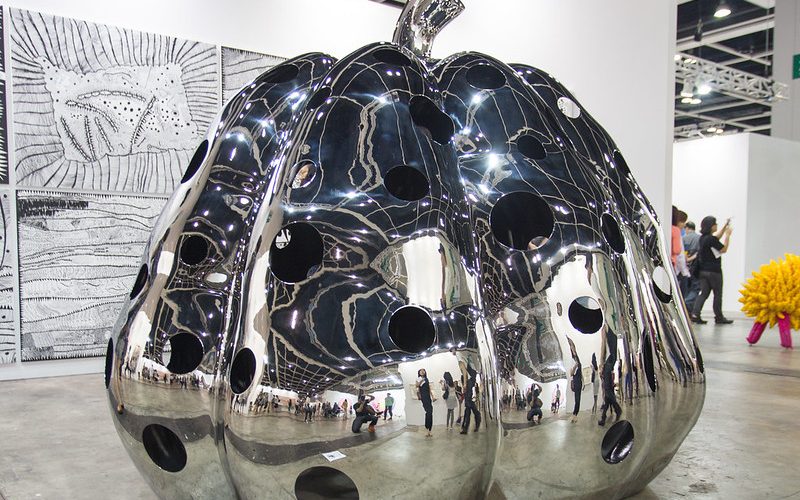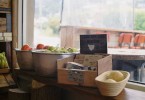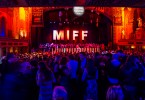
Debbie Zhou. Photo by Wilhelm Eek.
The decline of arts coverage in Australian media in recent years has left a career in arts journalism out of reach for many writers and critics, both aspiring and established.
In 2016, writer and critic Alison Croggon wrote in The Monthly that “Australian arts are facing the worst crisis since before the Australia Council was founded in 1967”, and things haven’t improved much since then.
A steady decrease in state support for the arts and the emergence of an extremely competitive global market for arts and culture writing has compounded the issue of job scarcity facing all journalists in a shifting media landscape.
Like most forms of media, arts writing has been diversified, democratised, and deprived of funds.
Salaried positions are vanishingly rare, and an overwhelming majority of arts journalists work as freelancers if they can find work at all, with many forced to pursue arts writing on the side.
In her article for The Monthly, Croggon described a lively arts criticism scene that emerged from the blogosphere of the 2000s and died out because “you can only work without payment for so long.”
Another online boom for arts criticism (particularly film criticism) seems to be underway: on Letterboxd, a ‘social film discovery’ site where amateurs and professionals alike gather to rate, review and discuss films; on YouTube, where reviews and video essays on topics of arts and culture attract views in the hundreds of thousands and even millions; and in online publications such as ROUGHCUT that are sustained by passionate volunteer contributors.
Those who want to read and write film criticism have spaces to do so, but the lack of dedicated arts coverage in mainstream media has left a cultural void, said journalist and critic Miriam Cosic in an interview with CutCommon magazine.
“Without that broad coverage, everyone but the already dedicated will lose knowledge of our cultural heritage… lose an understanding of how contemporary arts reflect and explain social, economic and technological change; and lose practice in reading and applying sharp, informed criticism.”
Development opportunities for aspiring arts journalists and critics are rare, and the seemingly endless cycle of pitching and rejection often leaves up-and-comers feeling dejected, Ms Zhou said.
“The hustle is really real…it’s tough.”
Melbourne International Film Festival Critics Campus, one of the only programs of its kind in Australia, aims to “nurture … young writers in the face of dramatic upheavals across the arts sector.”
But the program is only open to eight mentees each year, and while the experience is rewarding it is by no means a guarantee of a career in the field, Ms Zhou said.
So what is the way forward for arts journalism in Australia?
Government investment is the obvious answer.
Screen Australia, the government funding body for the screen industry, does little to support film criticism, Ms Zhou said.
The Office for the Arts gave no support to music journalism in its music industry funding package, nor in its packages for other creative industries.
Guardian Australia Culture Editor Steph Harmon has suggested investment from the industry itself.
“What if every publisher put in $2,000 to fund a book section of The Guardian?” she said.
For now, it seems the first step for aspiring arts journalists is to adjust their expectations.
Featured Image: See-ming Lee (SML) on Visualhunt.com







